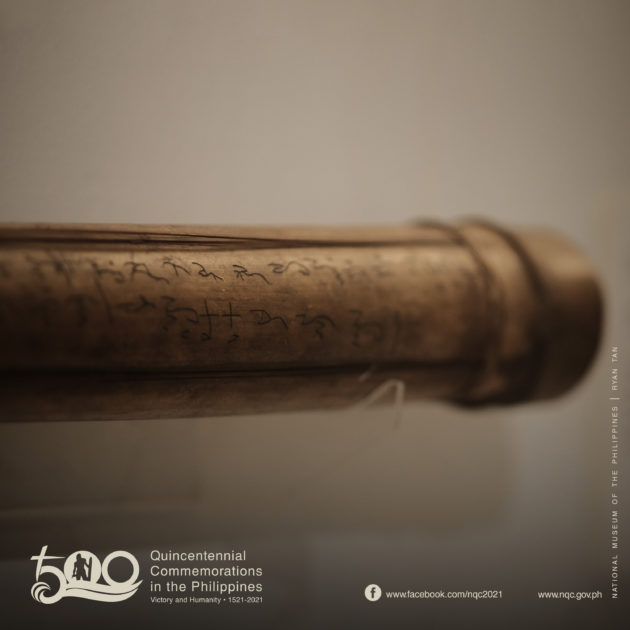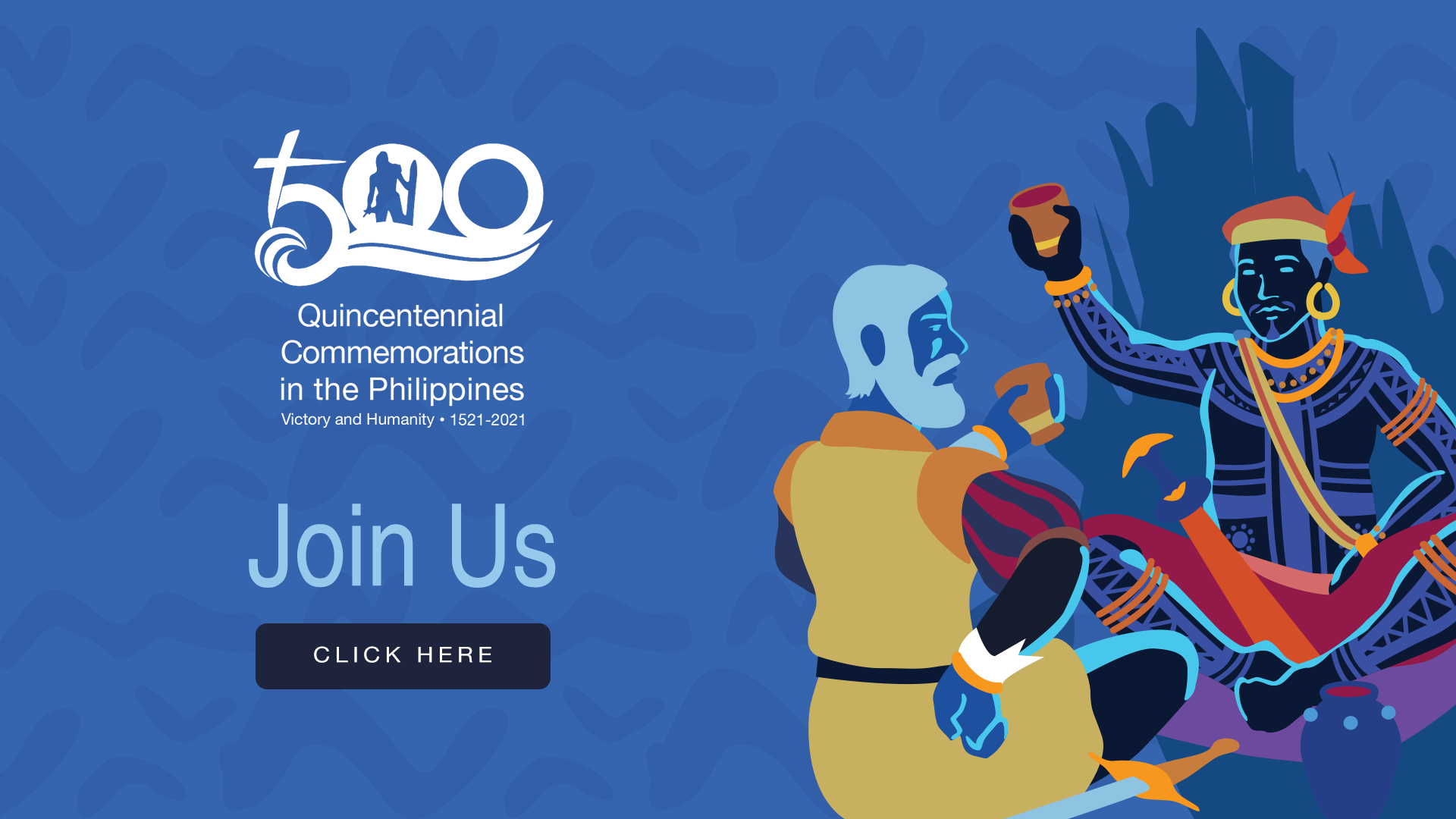Palawan as Promised Land
Posted on 23 June 2021
By National Quincentennial Committee Secretariat
Tagbanwas and the Palaw’ans, the two ethnic groups of Palawan, are theorized by Prof. Michael Angelo A. Doblado, Director of the Palawan Studies Center of Palawan State University, to be the locals of Palawan met by the survivors of the Magellan-Elcano expedition, 500 years ago. After the Battle of Mactan on 27 April 1521 and the massacre in Cebu on 1 May 1521, the remaining crew of killed Ferdinand Magellan proceeded to Mindanao and thereafter crossed the Sulu Sea reaching the farthest north they traveled named Paragua (Palawan). Reading the provided coordinates by the expedition’s chronicler, Antonio Pigafetta, the pilot Francisco Albo, and an anonymous Genoese pilot, this portion of Palawan the expedition reached is the present-day Municipality of Aborlan. These sources did not provide the exact date of their arrival, but they noted that when the locals of the area ejected them out of their territory.

From Aborlan, the expedition sailed southward by following the coastline of Palawan. They found a welcoming community with a port named Saocao (in Albo, which is Tegozzao in Pigafetta’s map and Dyguazam in the Genoese Pilot’s account–approximately the ancient name of the Municipality of Brooke’s Point, Tagusao, now survived as a name of a sitio under the jurisdiction of Barangay Barong-Barong). The locals advised the expedition to proceed to a now untraceable place called Vay Palay Cucara Caubam. There, Juan Carvalho, the captain-general of the expedition, entered into a treaty with the Muslim ruler of the place. They eventually returned to Tagusao where they spent more than a month, recuperating and loading provisions.
It seemed that the expedition did its earnest best to behave and respect the customs and order in the area, following the experiences they had in the Visayas. They owed the people of Palawan their survival from extreme starvation. This made Pigafetta wrote in his chronicle that Palawan was “terra de pmissione” (promised land).
They were scheduled to leave for Brunei on 21 July 1521 after meeting in Tagusao a Malay Christian trader from the Maluku (the objective of the expedition, now part of Indonesia). His name was Bastiam, baptized by the Portuguese. Unfortunately, on the day of departure, Bastiam was nowhere to be found. The expedition decided to proceed to Brunei, whom Bastiam described as a wealthy place.
The expedition, who had neither astronomer nor translator on board, just followed the coastline of the chain of islands of Palawan–one of which was Balabac Island–and of Borneo. They spent four months in Brunei, where they encountered the armada of the Sultanate of Brunei (who happened to be the young Rajah Matanda of Manila) and damages on the two remaining ships, the flagship Trinidad and the Victoria. The expedition returned to the direction of Palawan on 30 September 1521, off the shore of the cape of Palawan (now Buliluyan, Bataraza, Palawan) and reentered the Sulu Sea and went southward through the Moro Gulf and exited via Sarangani and Balut Islands (now under Davao Occidental).
Check the itinerary of the first circumnavigation of the world in the Philippines through this interactive map by the National Quincentennial Committee https://nqc.gov.ph/en/map/.

